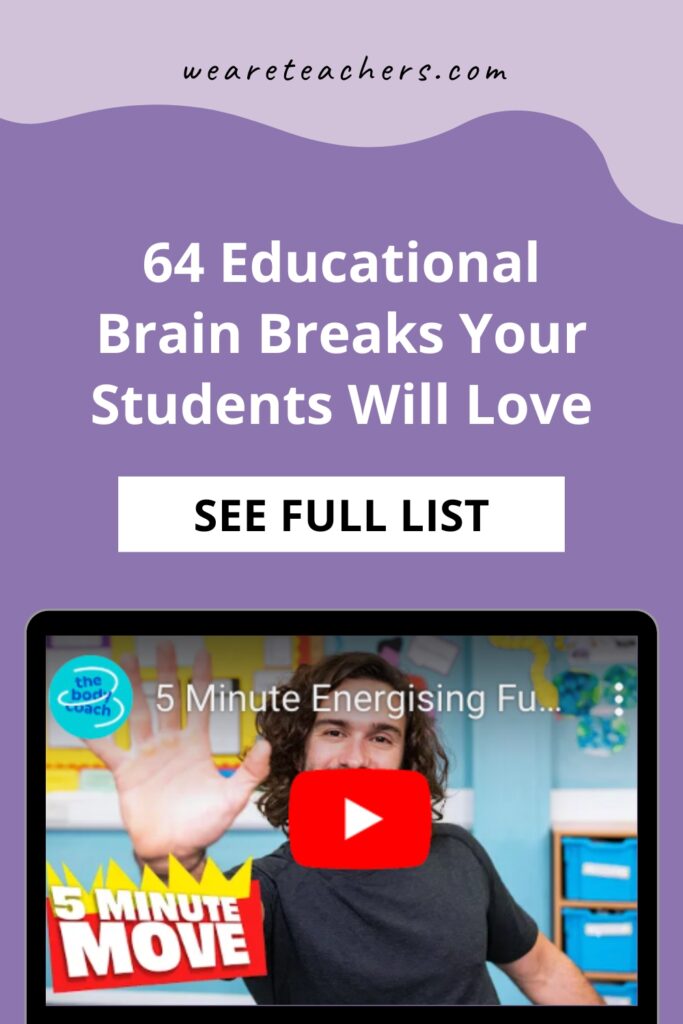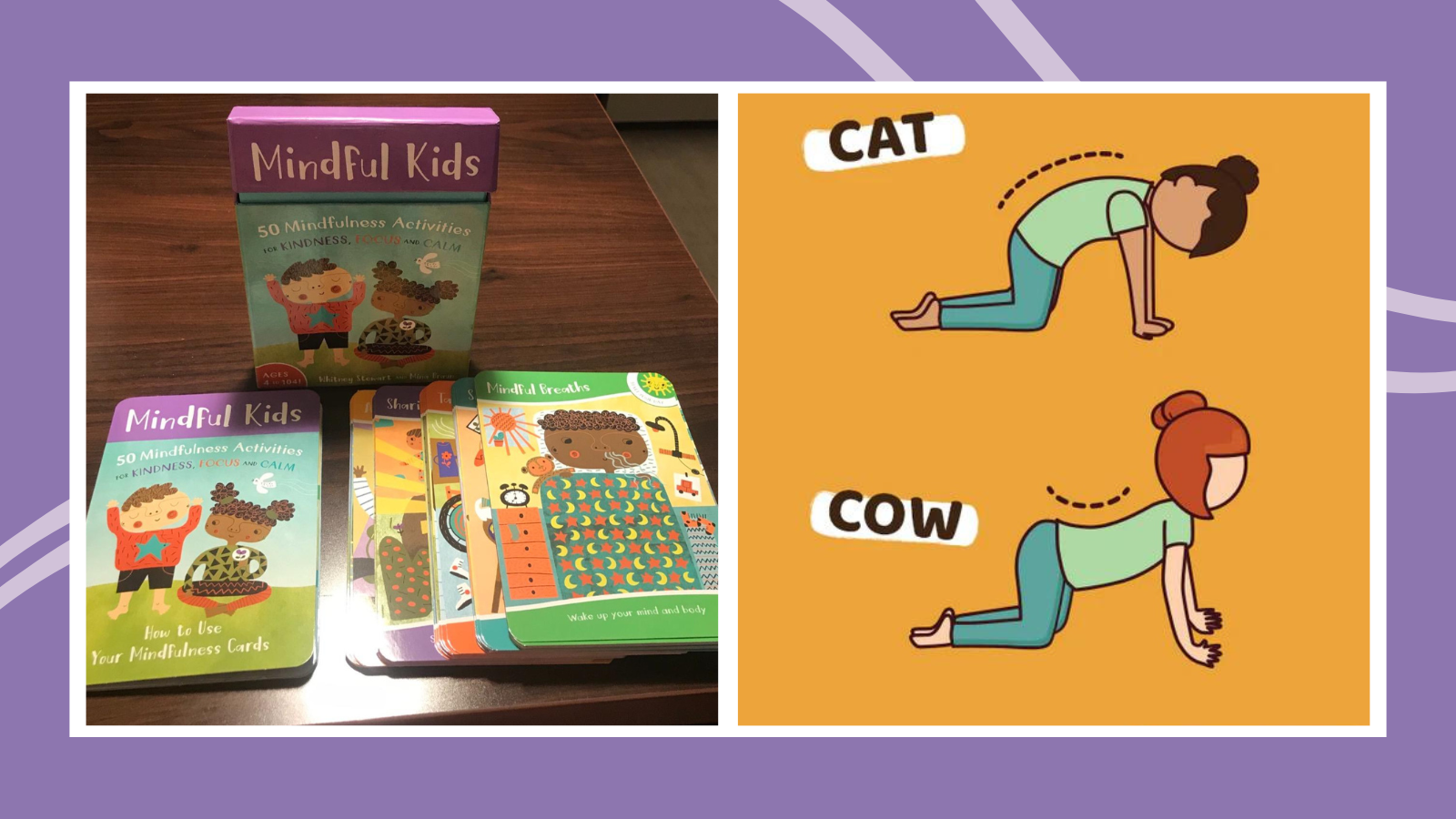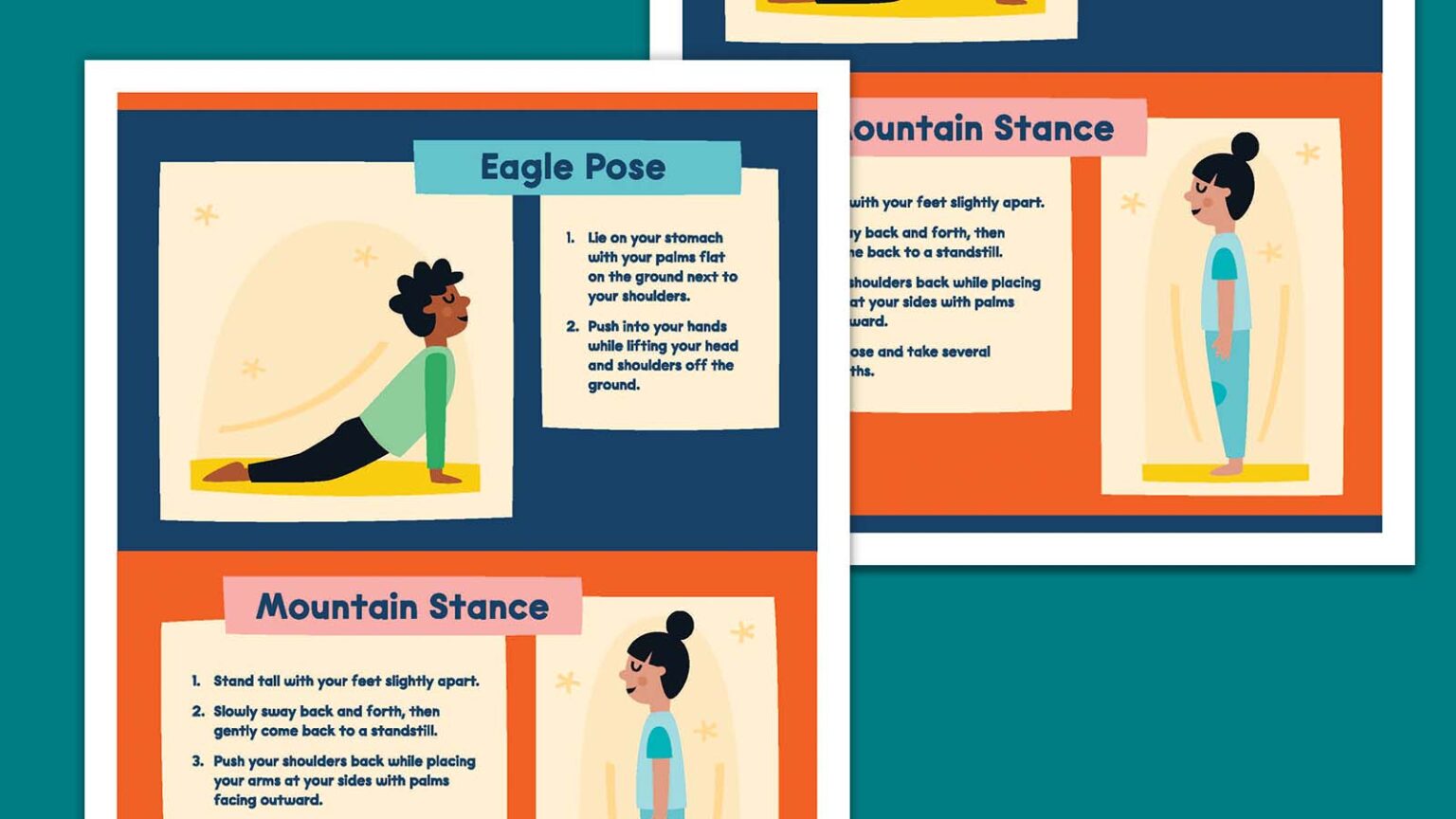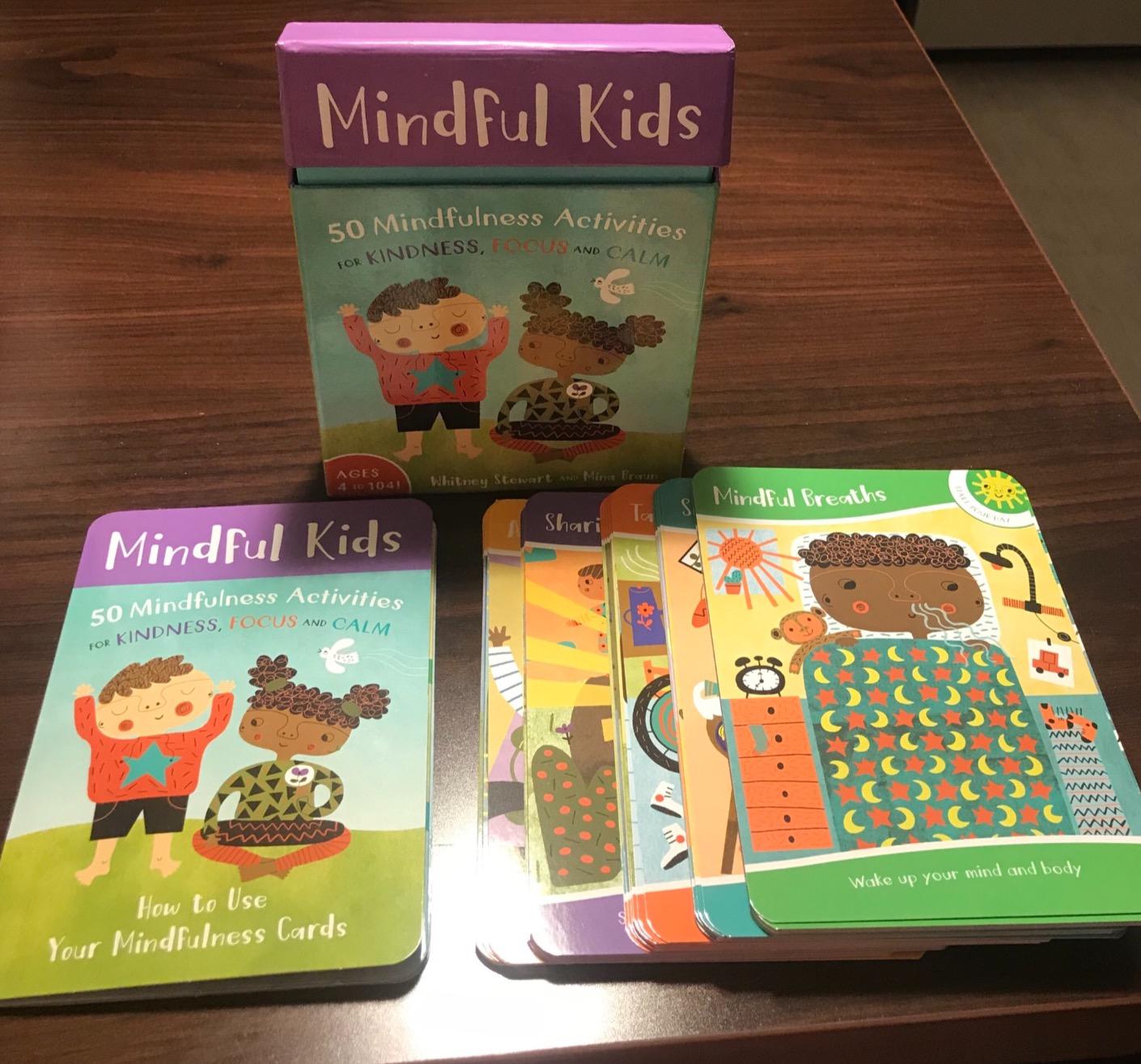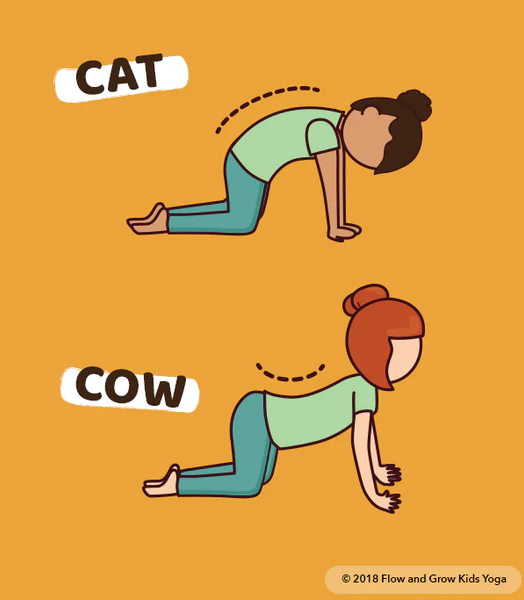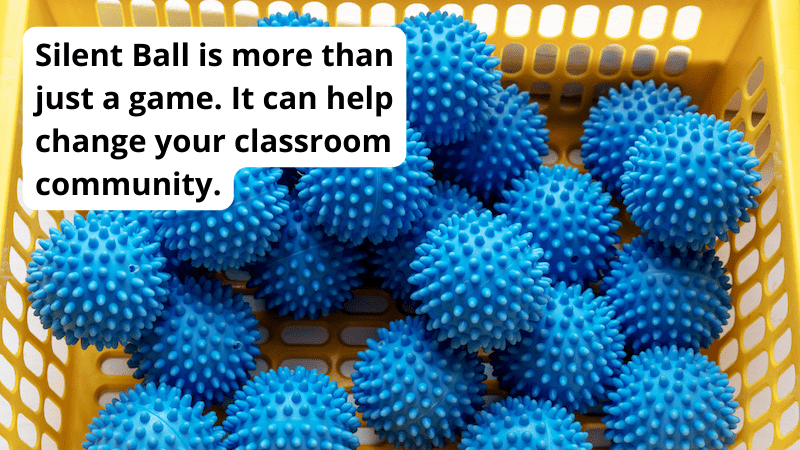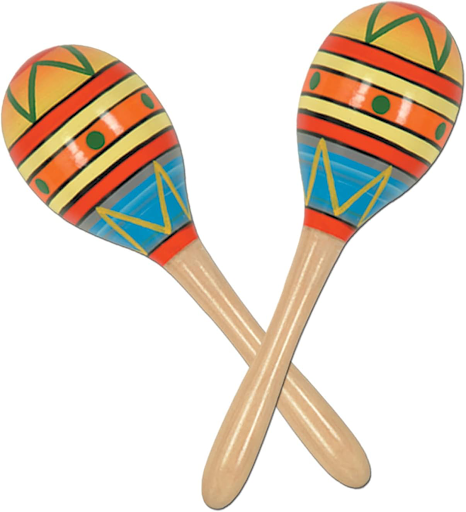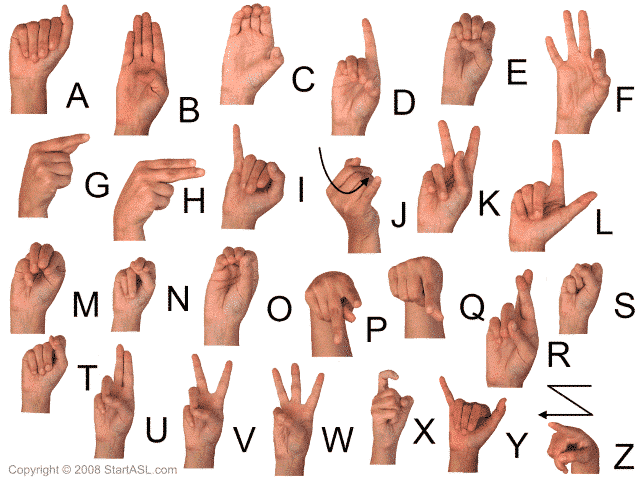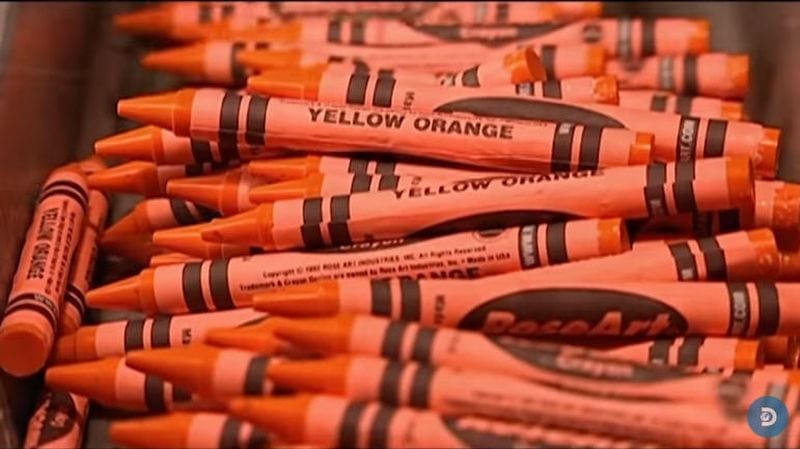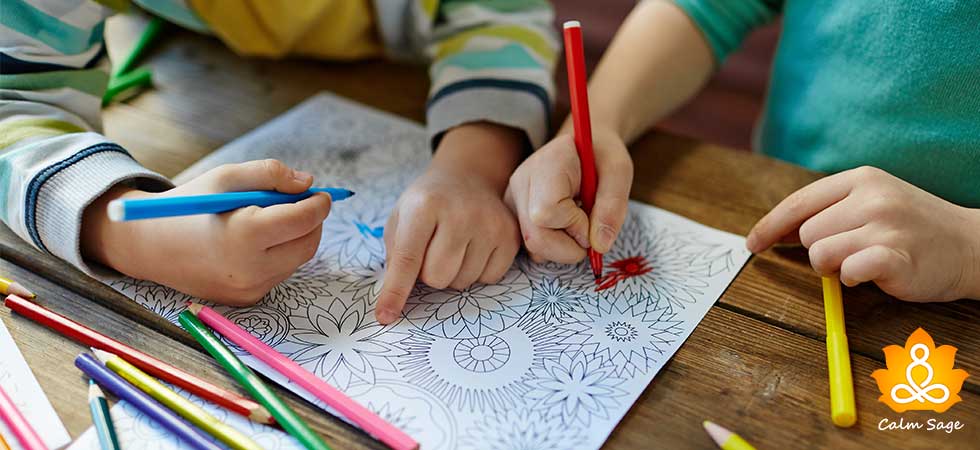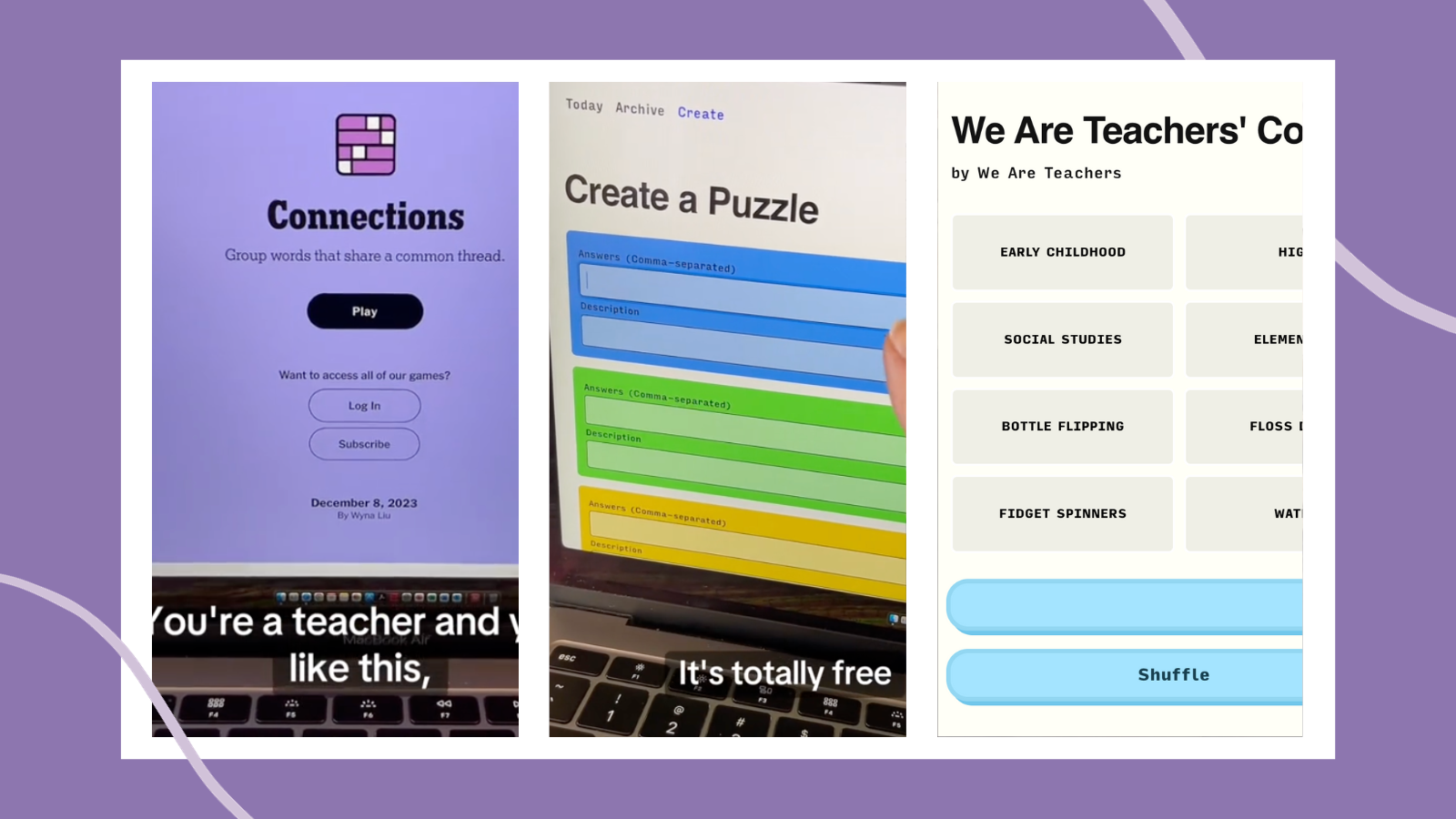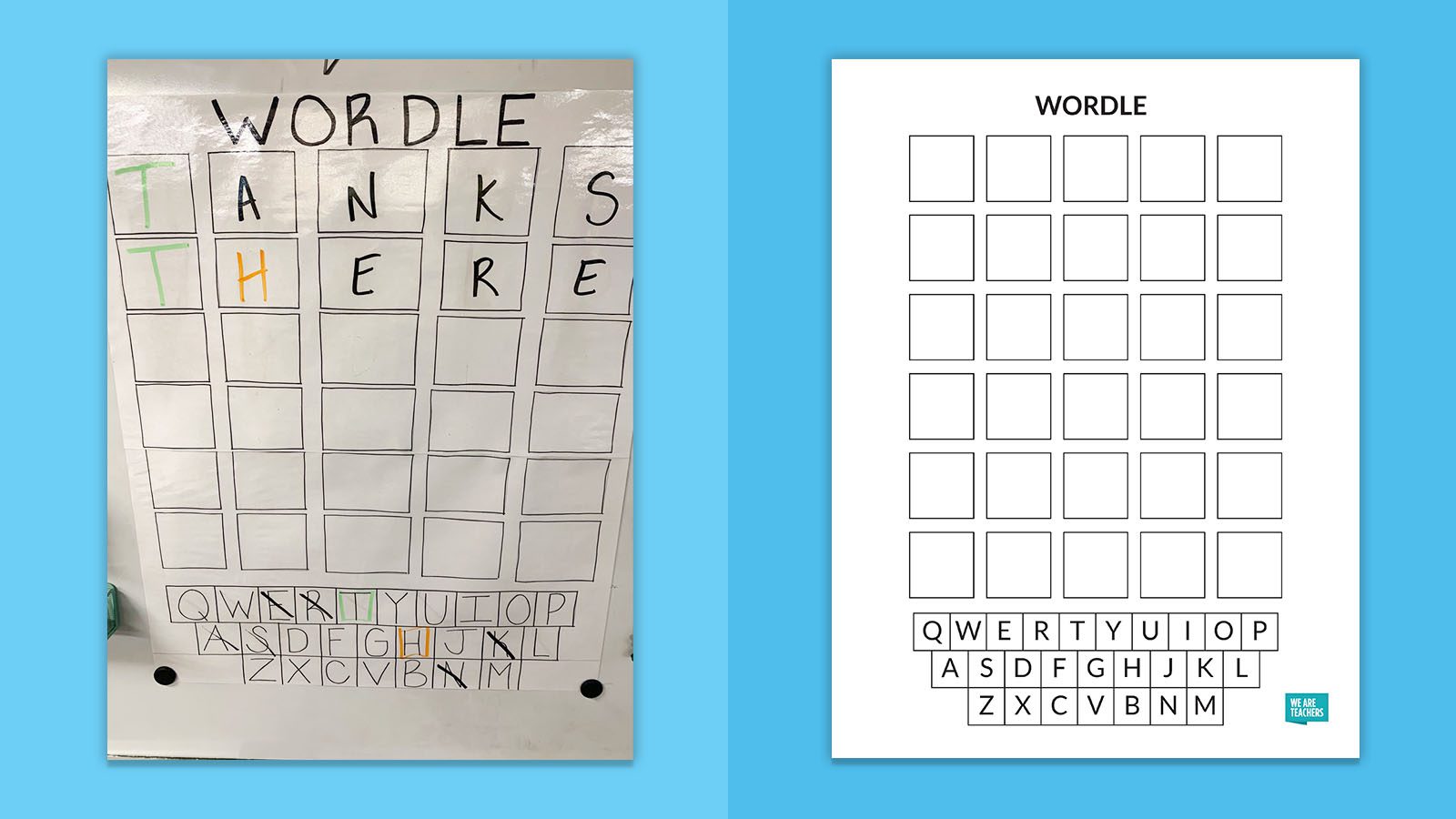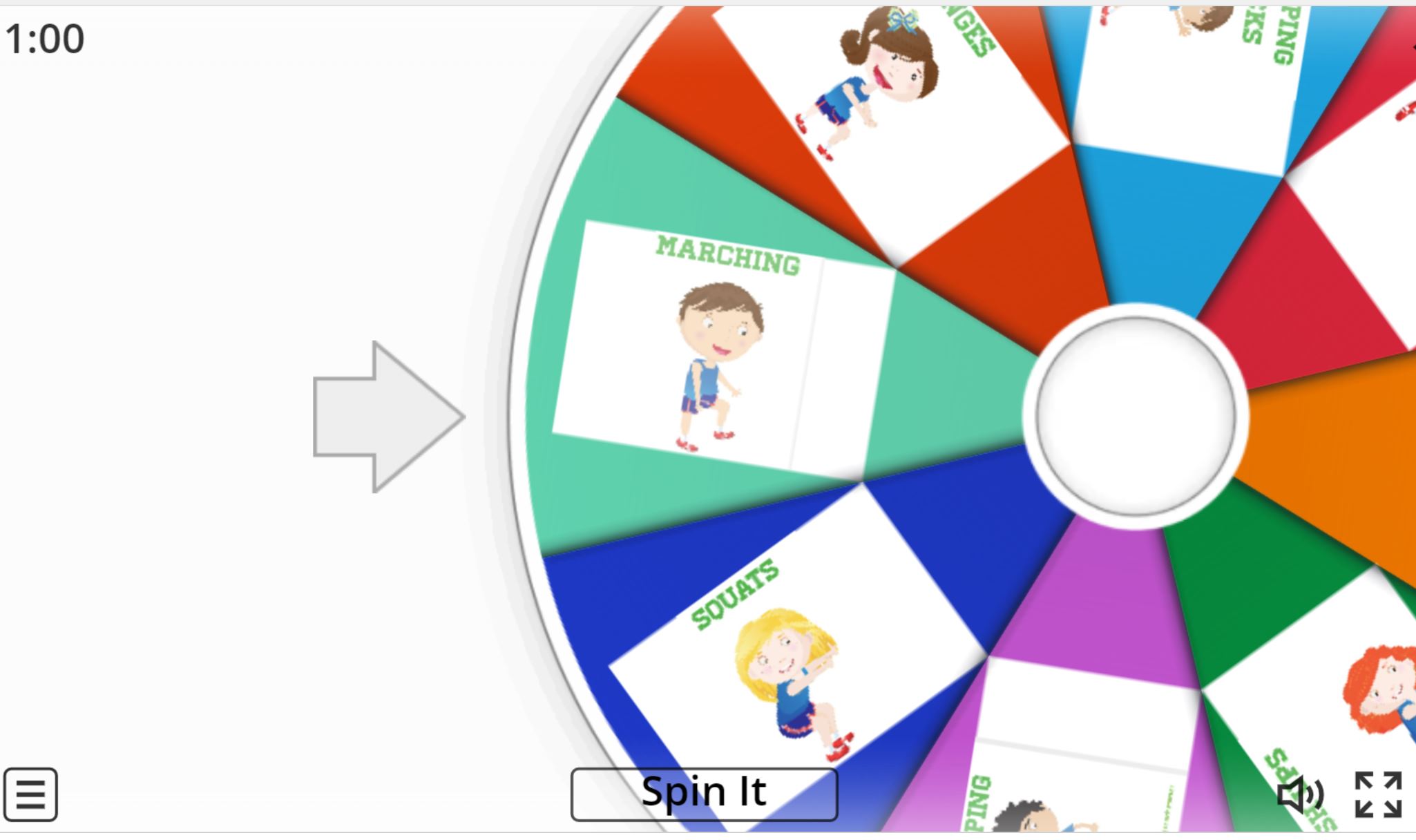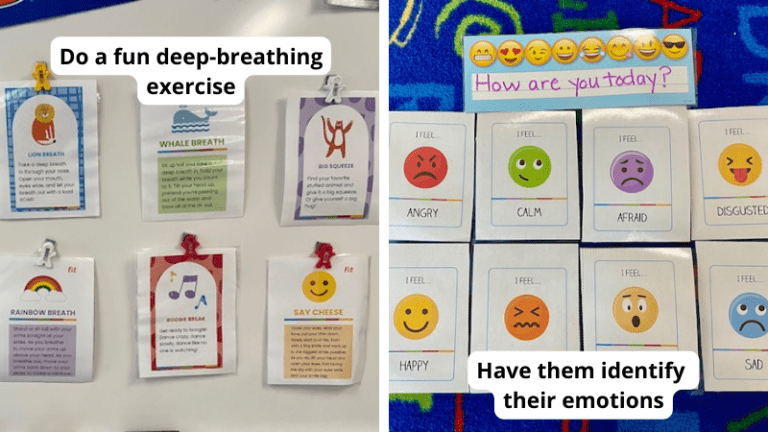I don’t know about you, but when I sit through a faculty meeting or professional development session, I start getting antsy by the 30-minute mark. If you can relate, just imagine how your students must feel when they’ve been sitting for too long. Educational brain breaks are the perfect way to help your students redirect their energy and focus when they start to fade.
I find it super-beneficial to incorporate quick mindful, physical, and mental check-ins with my students as a regular part of my classroom routine. These breaks include all types of movement, yoga, and breathing exercises, as well as jokes, quick videos, and more. The activities I use have helped me throughout my lifetime, so I love sharing them with my students. Here are my favorite educational brain breaks that are sure to increase productivity and give your kids a much-needed way to unwind before the next lesson.
Mindful Educational Brain Breaks
1. Use transition times for mental check-ins
Transitions are a big part of the elementary school day. When I first started teaching 19 years ago, I was surprised by just how much time it takes to get ready for specials or to bring students back from centers. It’s hard not to feel like that’s lost time. That’s why using transition time for mental health check-ins is such a game changer. Mental health check-ins can help students get in touch with their emotions, refresh and recharge, acknowledge and cope with negative thoughts and overwhelming feelings, and be more focused throughout the day.
Learn more: How To Use Transition Times (Like Lining Up) for Mental and Emotional Health Check-Ins at We Are Teachers
4. Practice “focus ball” breathing
Walk your kids through the following exercise: Stand or sit with legs and feet together. Bring your palms together in front of your chest. Keep your fingertips touching as you pull your palms apart, forming a ball with your fingers. Press your fingertips together until you feel the muscles in your hands and arms activating. See if you feel your core tighten too. Now close your eyes and as you breathe in, inflate your ball, and as you breathe out, flatten the ball by pushing your palms together. (Repeat these instructions for 60 seconds).
Learn more: Mindful.org
7. Stretch it out
It’s never a good idea to spend too much time sitting in one position. Allow kids to take a break and bring some flexibility back into their spines. Have them stand with their feet shoulder-distance apart. Put their left hand on their hip and raise their right hand overhead. Lean to the left and stretch their arm as far as they can to the left. Repeat on the right side. Then stand tall and slowly roll down one vertebra at a time until their hands reach the floor (or at least their shins). Have them take a deep breath then slowly roll back up. Repeat as necessary.
Learn more: Mom Junction
8. Focus on sound
Have kids sit quietly with their eyes closed. Ring a chime or gong. Have them listen carefully to the chime, feeling the vibration in their body as the sound reverberates and then slowly fades. Tell them to breathe slowly and deeply as they focus on the sound.
10. Chill out with this cross-body exercise
Have kids stand tall and cross one leg in front of the other while pressing the outsides of their feet together. Now have them cross their arms over each other at the wrists. Clasp their hands and curl their arms into their chest. Take a few breaths, and uncross and cross the opposite way for a few more breaths.
12. Break out the hot hands
This is a good break when you sense a weariness in the air. Have kids rub their hands together vigorously until they warm up. Tell them to close their eyes and place their hands over their eyes. Instruct them to breathe deeply as they clear their minds and refocus.
15. Spread your wings (in slow motion)
Walk your kids through this winged movement: Sit cross-legged on the floor. Stretch your arms down by your sides with your palms facing inward toward your body. Slowly raise both arms while rotating hands forward. When your arms reach shoulder level, your hands should be facing forward. Continue raising arms, slowly rotating palms so that by the time hands are overhead, palms are facing each other. Slowly lower arms, repeating the rotation (palms facing each other, palms facing forward, palms facing sides) until they are once again resting at your sides. As you raise and lower your arms, stretch them as long as you can, as if you are scraping the sides of the room and the ceiling. Repeat slowly three times, breathing deeply.
Physical Education Brain Breaks
17. Line up in unique ways
Kids are very social and curious beings. Most of them love to chat with one another at any chance they can get. Lining up to leave the room for anything is the perfect chance for them to mix and mingle. Make a more productive use of this time by having students line up in special ways. Some fun ideas include lining up in alphabetical order by name, by birth date, or by height order.
18. Just jump!
Sometimes kids just need to bounce their energy out. Have them pretend they are bouncing on a mini-trampoline (this will keep their movement on a vertical plane instead of all over the room), and give them a couple of minutes to let loose!
19. Take a cue from the stadium
Here’s one for a group of kids: Start the wave! Beginning at one end of the room, kids stand up and throw their arms overhead, bringing them back down as they return to their seats. Each row follows until you reach the other end of the room. Amp it up by encouraging your kids to tap their feet or tap their hands on their legs so that they are in constant motion. This activity works great on Zoom too.
20. Stir the pot
Have kids visualize they are standing in front of an enormous cauldron. Inside the cauldron is an ooey-gooey pot of caramel. Take hold of a large stirrer and plunge it to the bottom of the pot. Slowly begin to stir in a clockwise direction. Have them use their whole body to help get a full range of motion in their wrists and shoulders. Instruct them to throw their hips into the action. After a minute or two, reverse the direction.
21. Make it rain
Conjure up a rainstorm! Sitting or standing at a desk or table, have kids tap one finger on the desk, then two, then three, then four, then their whole hand until you all feel like you’re in the middle of a deluge. Work your way backward from five down to one as the storm ebbs away.
22. Energize with these
First, instruct kids to touch their left elbow to their right knee, then touch their right elbow to their left knee. Switch back and forth, going slowly at first, building speed until they are going at a vigorous pace. Next, do some windmills by standing tall with their feet shoulder-width apart and their arms stretched out. Bend at the waist and touch their right hand to their left toes, then their left hand to their right toes. Switch back and forth.
23. Make X’s and O’s
Walk kids through the following exercise: Sitting in a chair with your feet on the ground and legs together, curl your body into your lap, folding yourself into an O shape. Next, open your arms and legs wide, forming an X shape with your body. Pull back into an O shape, then back out to an X shape. Repeat three times.
24. Energize in 5, 4, 3, 2, 1
Get hearts pumping with a quick sequence of exercises. Call out five actions for your students to do as quickly as they can. For instance, five jumping jacks, four push-ups, three sit-ups, two squat jumps, and one tree pose.
25. Take a cruise on an imaginary skateboard
Have your kids line up next to a wall and place one hand on the wall. Tell them to plant the foot closest to the wall and swing the other leg, as if pushing off the ground on a skateboard. Start slowly, with tiny swings, moving up to power pushes. Repeat on the other side.
26. Take a break to groove
Music is a great way to reset the mood in a room and raise the energy level. Put on a fun song and have a 30-second freestyle dance party. Here’s a big list of school-appropriate songs for kids.
28. Ramp up with a round of cherry pickers
This easy activity will get your students’ hearts pumping and give their brains a boost. Have them jump up off the ground, then down to the floor into a push-up position. From there, instruct them to hop their feet up into a frog position, then pop up to a standing position.
30. Skip it out
When the energy is fading and kids need to get their blood flowing, put on a peppy song and pull out the imaginary jump ropes. Have kids skip or jump rope in place until the song ends.
31. Make like a blender
Tell kids it’s time to make fruit smoothies. Ask them to pretend they are in a blender and they are strawberries (or blueberries or bananas, etc.). Dramatically pour orange juice or yogurt into the air in front of you. Tell kids when you flip the switch, they need to wiggle and jiggle (separately, not together) until they are each individually blended up. Start with a slow speed, moving up to medium, fast, and finally turbo speed. And then reverse it! Start at turbo speed and go back to slow speed.
32. Celebrate with a silent cheer
This activity is perfect for the end of an activity or a sustained amount of work time—especially for kids who are learning remotely. Let kids stand up and silently cheer and gesture in celebration. How animated can they get?!
34. Play popcorn
Students will all be sitting in their chairs, and at any time, a student can jump up and say “Pop!” Once they do, that student remains standing. If two students pop up at the same time, everyone takes their seats, and the game starts over. How quickly can the entire class pop without having to start over?
35. Hit the wall
Pushing against a solid object is a good way to displace extra energy from your body. Have kids stand facing a wall with their arms stretched out in front of them, palms on the surface of the wall. Push the wall away with all their strength for a count of 10. Relax for five seconds, then push again. Other activities they can do at the wall include calf stretches and wall push-ups.
36. 3, 2, 1 blastoff!
Instruct kids to stand and then squat down with their hands on the ground in front of them. All together, count down 3, 2, 1. When you get to zero, they should push up like a rocket, jumping as high as they can—letting all of their energy burst from their center.
38. Balance break
A great way to get kids out of their chairs is to practice balance. Have them hop on one foot. Then up the ante by having them stand on one foot and bend their other knee out in front of them.
39. Tabletop push-ups
Kids can use their desk, a chair, the side of their couch—anything really. Have them place their hands on the table and focus their eyes in the center, moving down slowly and pushing back up.
41. Try some facial gymnastics
Have kids get their silly on for 30 seconds. Tell them to wiggle their eyebrows up and down as fast as they can. Then try to raise one eyebrow at a time.
Mental Brain Breaks That Are Educational
47. Take a doodle break
According to researcher Mary Helen Immordino-Yang, downtime is essential for brain health. Kids need time for their growing brains to integrate and process the vast amount of information they receive each day. In other words, it is actually beneficial to give our kids time to allow their minds to wander. Try this: Set a timer for three to five minutes and let kids silently doodle with pencil and paper or a dry-erase board and marker while soft, calming music plays in the background.
Learn more: Sage Journals
49. Gather your favorite GIFs
Make a slideshow of your favorite GIFs and have your kids act them out. Funny animals are a good place to start!
50. Find the object
Kids don’t even have to get out of their seats for this one, but they can! Have one student start by finding an object and saying, “I see something beginning with the letter [fill in the blank].” The first person to guess the item correctly gets to choose the next object. This can be a fun one to play on Zoom too! You can have kids add in additional clues to help.
51. Clap for a little call-and-response
Pep things up with a little call-and-response clapping. It’s simple to do and is often used in the classroom to get students’ attention. Simply clap out a pattern that your kids will repeat back to you. Switch out the pattern a few times until everyone is focused and engaged. Alternatively, try a vocal call-and-response. Sing out a few riffs and have kids echo the tune back to you.
58. Write it out
Don’t underestimate the power of journaling or creative writing. Give your kids a 5- or 10-minute break to open up a page of their notebook and write about anything they’d like. They don’t have to share it with the class or do anything else with it; just use the quiet time to focus on something they love and want to write about.
59. Categories
Name a category by subject. Students then take turns saying a word that fits into the category. For an extra challenge, find something that fits into the category for each letter of the alphabet. Students can write them down on paper before sharing answers, or just play orally and write the answers on the board. Fun times all around!
60. Scattergories
Another variation of the above would be to play a board game like Scattergories. First, come up with 10 different categories that can be used multiple times. Next, choose one letter of the alphabet for the round. Each answer must start with the same letter.
Classic Educational Brain Break Games
64. Brain-break compilations by grade level
If you are looking for a sample of brain breaks suitable for your students by grade level, look no further. We have created separate links of 25 videos each for individual grades at the elementary level. Go down the list and find the right one for you!
Looking for more articles like this? Be sure to sign up for our newsletters!
